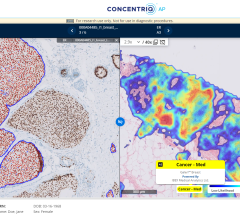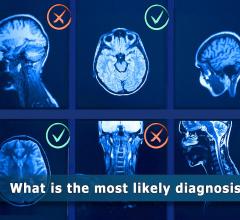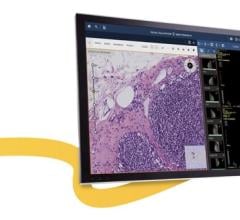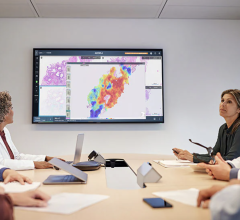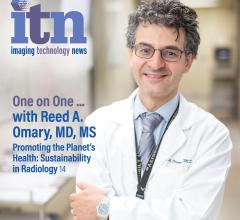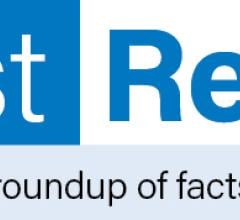January 6, 2011 - Healthcare spending in the United States grew 4 percent in 2009, to $2.5 trillion, or $8,086 per person, the slowest rate of growth in the 50-year history of the National Health Expenditure Accounts (NHEA). This was due in great part to the economic recession.
The report, prepared annually by the Centers for Medicare and Medicaid Services (CMS) Office of the Actuary, summarizes recent trends in health spending based on the most current data sources.
The report estimates the total healthcare spending in the United States and measures annual health spending by the types of goods and services delivered, by the programs and payers that pay for that care, and by the organizations that ultimately finance that care.
The 4 percent growth in 2009 was down from 4.7 percent in 2008, which was the second slowest rate of growth on record. The recession led to slower growth in private health insurance expenditures and out-of-pocket spending by consumers, and to a reduction in capital investments. Despite the slowdown, healthcare spending growth continued to outpace overall economic growth, which declined 1.7 percent in 2009 as measured by nominal gross domestic product (GDP).
However, health spending as a share of the nation’s GDP continued to climb, reaching 17.6 percent in 2009, up 1 percentage point from 2008, the largest one-year increase in the history of the NHEA. In comparison to other recent recessions, the health spending share of GDP increased 0.7 percentage point in 1991 and 2001, and 0.8 percentage point in 1982.
The recession affected health spending as many consumers decreased their use of goods and services due to lost health insurance coverage and reduced income. This led to a deceleration in private health insurance spending, which increased only 1.3 percent in 2009 compared to 3.5 percent in 2008, that was due primarily to a 3.2 percent drop in enrollment.
At the same time, as more people became eligible for and enrolled in Medicaid, growth in that program’s spending accelerated to 9 percent in 2009 following 4.9 percent growth in 2008. With approximately $34 billion in enhanced federal aid for States, federal Medicaid spending increased 22 percent and its share of total Medicaid spending reached 66 percent (from a 59 percent share in 2008). In contrast, state Medicaid spending declined 9.8 percent – the largest decline in the program’s history.
The economic downturn also affected consumer out-of-pocket spending, which slowed to 0.4 percent growth in 2009, as spending for dental services, nursing care facilities and continuing care retirement communities, and physician and clinical services declined.
A 2.7 percent reduction in expenditures for capital investments also contributed to the slowdown in health spending. In 2009, private and state and local government providers decreased their investment in structures and equipment by 4.3 percent and 1.1 percent, respectively.
Key statistics on the growth of health care spending:
• Hospital spending increased 5.1 percent to $759.1 billion in 2009 compared to 5.2 percent growth in 2008.
• Physician and clinical services spending increased 4.0 percent in 2009 to $505.9 billion, a deceleration from 5.2 percent growth in 2008.
• Retail prescription drug spending grew 5.3 percent in 2009 to $249.9 billion, after 3.1 percent growth in 2008.
• Spending for freestanding nursing care facilities and continuing care retirement communities increased 3.1 percent in 2009 to $137.0 billion, a deceleration from growth of 5.0 percent in 2008.
• Spending for home health care services provided by freestanding facilities grew 10.0 percent to $68.3 billion following growth of 7.5 percent in 2008.
For the complete report: http://www.cms.gov/NationalHealthExpendData/02_NationalHealthAccountsHi…


 July 26, 2024
July 26, 2024 
